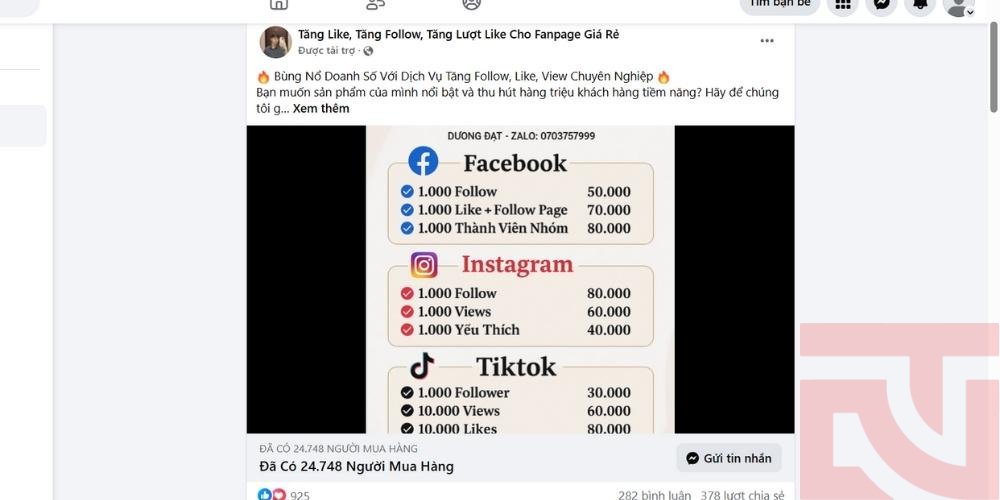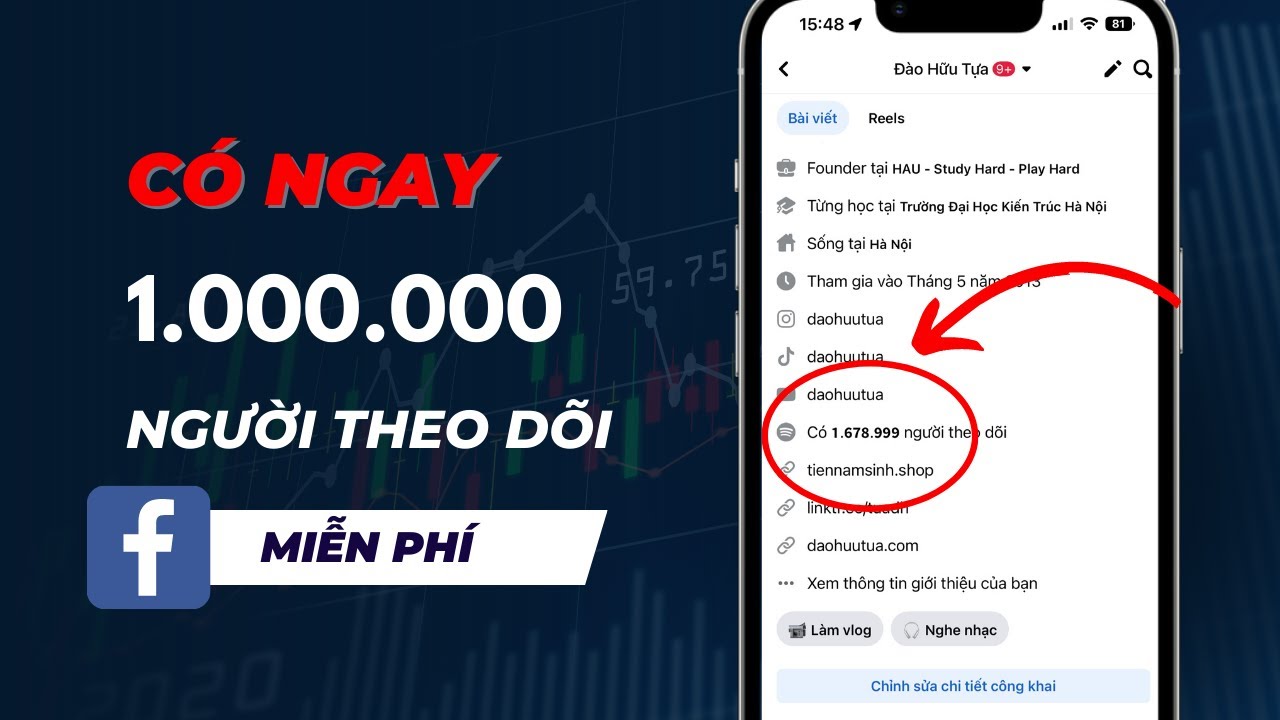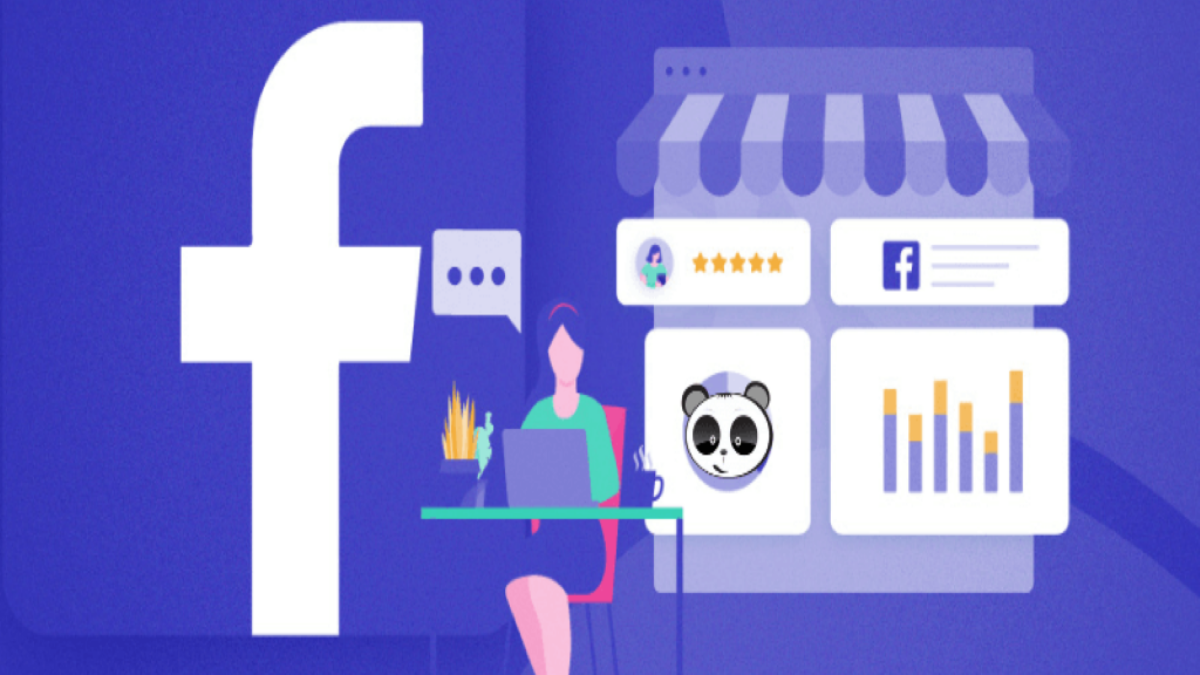Post map
ToggleIn an era where video dominates social media, Facebook Livestream has become a powerful tool for businesses and individuals to reach customers naturally and directly. However, not all Livestreams can achieve high views and interactions. That is why many people choose to run Livestream ads on Facebook to increase their reach. However, the question is how much does it cost to advertise Livestream on Facebook, and how to optimize the budget while still ensuring the best efficiency? Follow this article of SOC LUA to find out!
What is Facebook Livestream Advertising?
Definition of Facebook Livestream Ads
Facebook Livestream ads are a form of promoting live broadcast content (livestreams) to a wider audience through Facebook’s paid distribution system. Instead of reaching only followers, businesses can bring their livestream to potential audiences based on age, gender, location, interests, behaviors, and online habits.
Benefits of Running Livestream Ads
When investing in Livestream ads, you not only increase viewership but also boost engagement and conversions. Livestream viewers tend to trust the content more because live videos are authentic, engaging, and highly interactive. Ads help your Livestream appear to the right target audience, thereby increasing opportunities for sales, product launches, and brand building.
How Much Does Facebook Livestream Ads Cost?
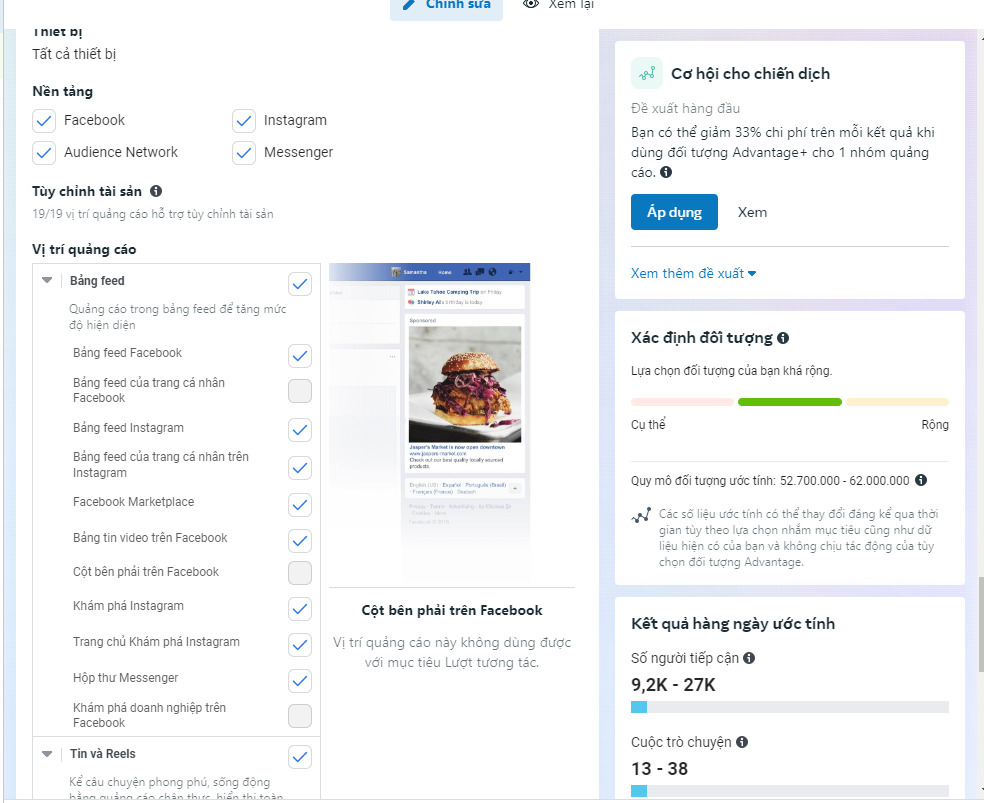
Like other types of ads on the platform, Facebook Livestream Ads Cost does not have a fixed number. The price depends on various factors such as campaign goals, target audience, broadcast time, investment budget, and the quality of the Livestream content.
On average, the cost for a Livestream ad campaign ranges from 200,000 VND to 2,000,000 VND per day, depending on the scale and industry. For larger businesses or seasonal sales campaigns, the cost may be higher to ensure optimal reach and conversion rates.
Factors Affecting Facebook Livestream Ads Cost
Livestream Content Quality
The more attractive your content is, the higher the engagement rate. When engagement is high, Facebook rates your ad as high-quality, reducing display costs. A Livestream with a clear script, engaging host, and suitable product helps you optimize your budget effectively.
Target Audience
The more specific your target audience, the higher your ad cost due to a smaller but more competitive audience range. Conversely, broader targeting may cost less but yield lower conversion rates. Defining the right target audience is key to managing costs efficiently.
Timing and Ad Placement
Facebook has “golden hours” when user activity is highest, typically in the evenings or on weekends. Running Livestream ads during these periods may result in higher bidding costs due to competition. However, with engaging content and strategic timing, the results often outweigh the extra cost.
Budget and Bidding Strategy
Facebook uses an auction system to distribute ads. If your budget is low while competitors are bidding higher, your ads will have limited visibility. Therefore, you should balance your budget according to the campaign’s scale and objectives, such as increasing views, comments, or direct sales.
How to Optimize Facebook Livestream Ads Cost
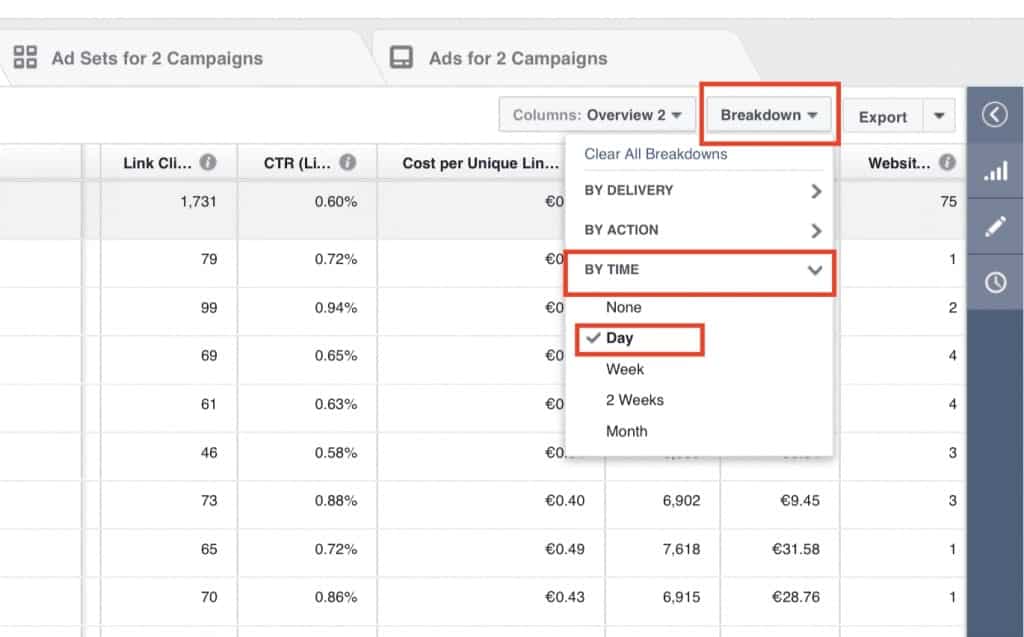
Create Engaging Content
A successful Livestream needs a clear script, a natural host, and real value for viewers — such as useful tips, product insights, or real-life experiences. Engaging content naturally drives higher interactions, helping lower your cost per view or engagement.
Plan a Reasonable Budget
Before launching a campaign, define your budget and goals clearly. If your goal is to increase views, focus your budget on reach. If your goal is sales, allocate more to remarketing or audiences who have previously interacted with your page.
Use Facebook Ads Manager Effectively
Facebook provides tools like Facebook Ads Manager that allow you to monitor, adjust, and analyze your ad performance in detail. Regularly checking key metrics such as CPC (Cost Per Click), CPM (Cost Per 1000 Impressions), and CTR (Click-Through Rate) helps you spot and optimize underperforming ads in time.
Optimize Target Audience
Instead of selecting audiences based on generic interests, take advantage of Lookalike Audience to reach users with similar behaviors to your existing customers. This ensures more accurate ad delivery and reduces wasted spend.
Combine Remarketing for Cost Efficiency
Remarketing targets users who have already viewed your Livestream or interacted with your page. These users are more likely to convert, allowing you to lower your total ad cost while maintaining strong performance.
Tips for Effective Facebook Livestream Ads
Choose the Right Livestream Time
Experiment with different time slots to find when your audience is most active. Generally, 7 PM to 10 PM is considered the “golden hour” for sales or brand Livestreams.
Encourage Engagement During Livestream
Ask viewers to comment, ask questions, or share your Livestream to boost reach. Facebook prioritizes highly interactive content, helping your ads perform better without increasing costs.
Use Professional Visuals and Sound
Low-quality visuals or poor audio can quickly turn viewers away. Invest in good cameras, lighting, and microphones to enhance your brand image and keep audiences engaged longer.
Analyze Data After Each Livestream
After every campaign, review metrics such as views, average watch time, engagement rate, and revenue. This helps you refine your approach and optimize future campaigns for better cost efficiency.
Facebook Livestream Ads Cost depends not only on your budget but also on how you execute your campaign. High-quality content combined with a smart ad strategy will help you maximize efficiency and minimize costs. Sóc Lửa hopes this article helps you better understand Facebook Livestream advertising costs and learn how to allocate your budget effectively to achieve the best results for your business.
Frequently Asked Questions
Yes, you can run Livestream ads using Facebook Ads Manager. However, if you’re inexperienced, it’s best to learn how to optimize your audience targeting, set a proper budget, and track performance to avoid wasting money.
The ideal time is usually between 7 PM and 10 PM, when most Facebook users are active. However, you should experiment with different time frames to determine what works best for your specific audience.

